Entering a City in Ruins Filmed Footage
A-bomb Documentary Film "Effects of the Atomic Bomb on Hiroshima and Nagasaki"
All of the filmed footage was confiscated and taken to the U.S. However, some unprocessed film was secretly retained by film production staff. The film is now being stored at the Nichiei Archive, the successor to the Japan Film Corporation. Part of the film is presented here.
| All of the "Effects of the Atomic Bomb on Hiroshima and Nagasaki" can be seen at the Special Exhibition venue. On this website, part of the film is presented. Click image below to see each scene. | |||
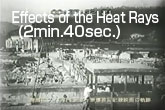 |
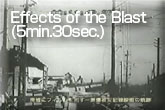 |
 |
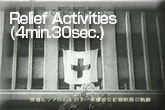 |
 |
 |
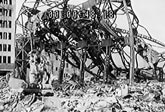 |
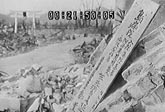 |
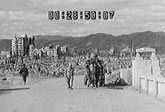 |
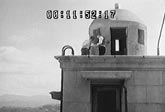 |
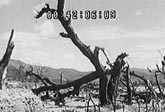 |
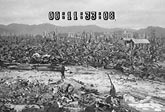 |
 |
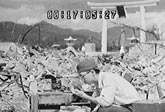 |
 |
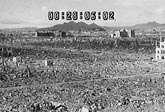 |
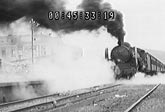 |
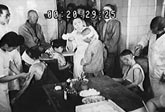 |
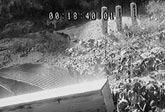 |
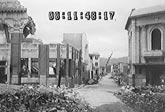 |
[28]
|
[29]
|
||

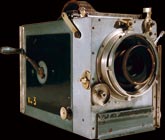 Collection of National Film Center, The National Museum of Modern Art, Tokyo
Collection of National Film Center, The National Museum of Modern Art, Tokyo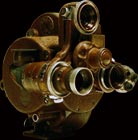 Collection of National Film Center, The National Museum of Modern Art, Tokyo
Collection of National Film Center, The National Museum of Modern Art, Tokyo